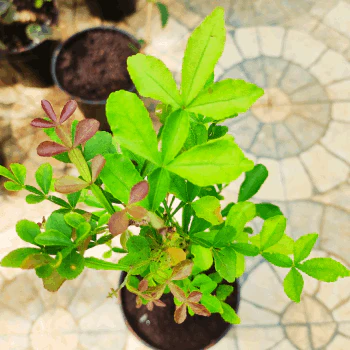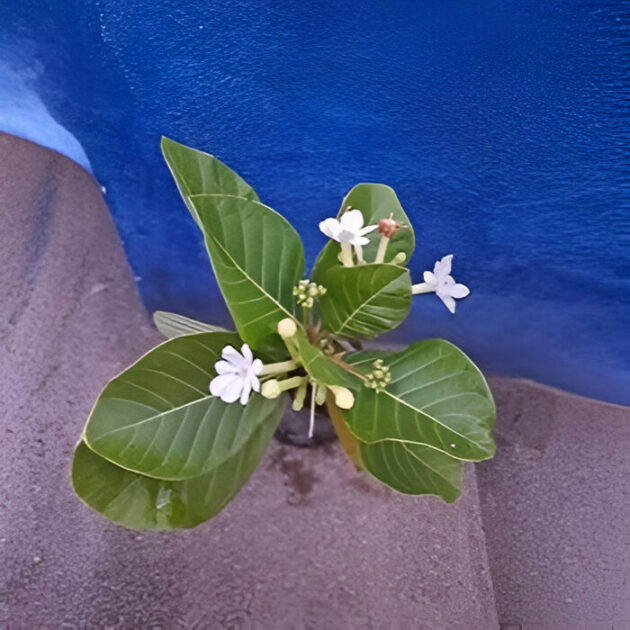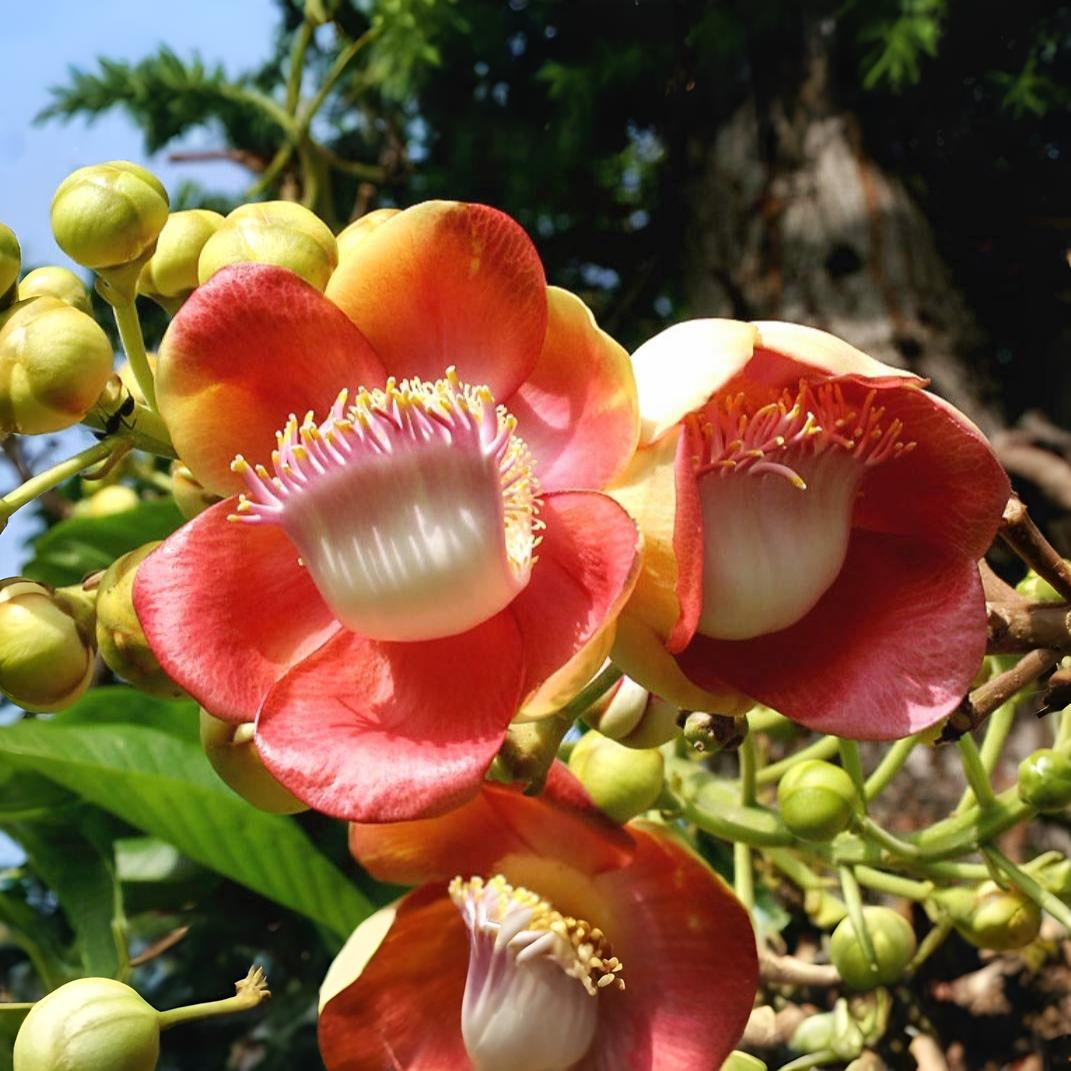
maha vilvam plant
₹329.00 Original price was: ₹329.00.₹249.00Current price is: ₹249.00.

paneer pushpam
₹219.00 Original price was: ₹219.00.₹129.00Current price is: ₹129.00.
nagalingam plant
₹379.00 Original price was: ₹379.00.₹259.00Current price is: ₹259.00.
Details:
The nagalingam plant, scientifically known as Couroupita guianensis, is a large, deciduous tree native to tropical South America, also known as the cannonball tree, characterized by its unique, fragrant flowers and large, round, woody fruits.
Description
The Nagalingam plant, also known as Nagalingam Tree or Nagalinga (Messerschmidia andamanica), is a species of flowering plant that is native to India, especially in the southern parts of the country, including Tamil Nadu and Kerala. This plant is admired for its unique and beautiful flowers and its cultural significance.
Plant Description:
- Scientific Name: Messerschmidia andamanica
- Common Names: Nagalingam, Nagalinga, Cobra Lily (in some regions)
- Family: Rubiaceae
Appearance:
- Size: The Nagalingam tree is a small to medium-sized tree, usually growing up to 10–15 meters in height.
- Leaves: The leaves are simple, dark green, and glossy, growing alternately on the branches. The leaf edges are smooth, and they provide a dense canopy.
- Flowers: The most striking feature of the Nagalingam tree is its unique flowers. The flowers are usually bright red or orange and resemble the shape of a cobra’s hood. These flowers bloom in clusters and are highly ornamental. They are often compared to the appearance of a snake’s hood due to their shape and color, which adds to the cultural and symbolic significance of the plant.
- Fruit: The tree produces small, rounded fruits that are typically green and later ripen to a yellowish or reddish hue. The fruit is not as significant in terms of use or appearance as the flowers.
- Stem/Trunk: The trunk and branches of the Nagalingam tree are stout, with a rough bark, which helps support the tree’s dense foliage and blossoms.
Habitat:
- The Nagalingam plant is typically found in tropical and subtropical regions of India. It thrives in well-drained soils and is commonly seen in forests, along roadsides, and in gardens where it is cultivated for its ornamental value.
Symbolism and Cultural Significance:
- The Nagalingam tree holds special significance in Hindu culture. The flowers, which resemble a cobra’s hood, are believed to symbolize Lord Shiva. In many parts of India, especially in Tamil Nadu, the Nagalingam flowers are considered sacred and are used in worship during religious festivals and rituals, particularly those dedicated to Lord Shiva.
- In temples dedicated to Shiva, especially in South India, Nagalingam flowers are offered to the deity during prayers and ceremonies, especially during Mahashivaratri (a festival dedicated to Lord Shiva).
Medicinal Uses:
- Traditional Medicine: The plant has been used in traditional herbal medicine for its various health benefits. However, it is not as widely known or used as other medicinal plants like Aegle marmelos (Bael) or Tulsi (Holy Basil). Some parts of the plant, such as its bark and roots, are believed to have properties that could treat conditions such as fever and digestive issues. However, the plant is more commonly appreciated for its religious and ornamental significance rather than its medicinal uses.
Other Uses:
- Ornamental: The Nagalingam tree is often planted for decorative purposes, particularly because of its stunning, cobra-like flowers. It is used in gardens and temple grounds due to its aesthetic appeal.
Care and Cultivation:
- Sunlight: The Nagalingam tree thrives in full sunlight and requires a sunny location to produce its beautiful flowers.
- Watering: It prefers regular watering, especially in the dry season, but should not be waterlogged. The plant can tolerate moderate drought conditions.
- Soil: Well-drained, fertile soil is ideal for its growth. It can grow in a variety of soil types, including loamy or sandy soil.
- Temperature: Being a tropical plant, it prefers warm temperatures and will not tolerate frost. It is best suited for regions with a tropical or subtropical climate.
Let me know if you need more details or have any specific questions about the Nagalingam plant!
Reviews
Rated 0 out of 5
0 reviews
Rated 5 out of 5
0
Rated 4 out of 5
0
Rated 3 out of 5
0
Rated 2 out of 5
0
Rated 1 out of 5
0
Be the first to review “nagalingam plant” Cancel reply



Reviews
Clear filtersThere are no reviews yet.